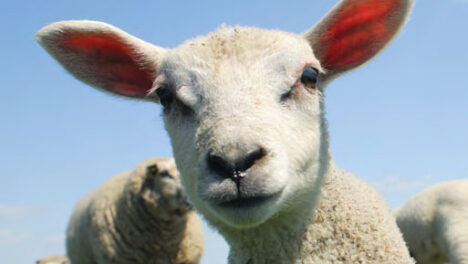Battle of the Wedgetails
April 14, 2023
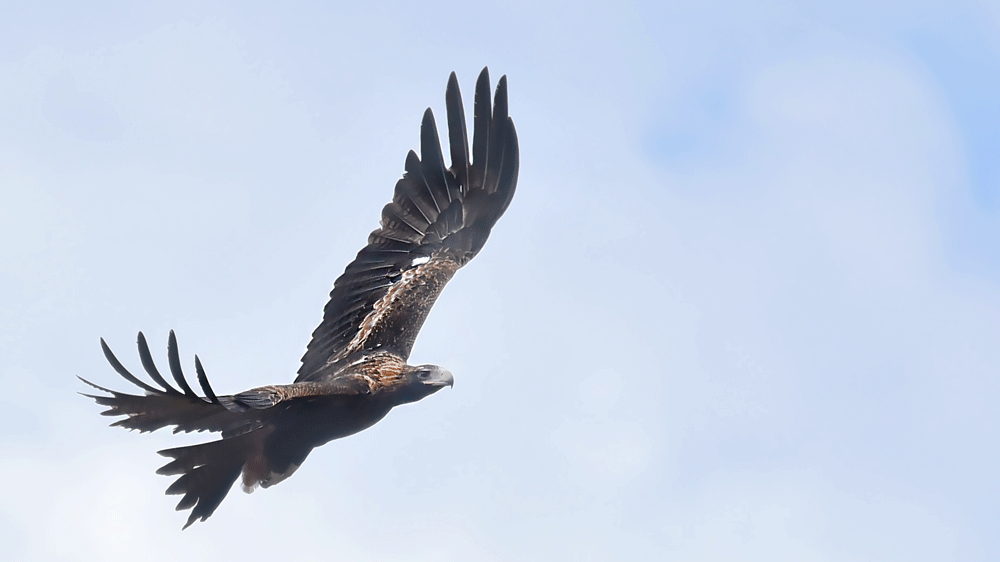
I love a good flyover. I live under a flight path where planes bank around to line up for their approach to Sydney Airport. Mowing the lawn takes me a bit longer than most as I periodically pause to marvel at planes, like the giant A380 double decker, which curves over my house at a 25-degree roll angle.
I’m keen to get back to the Australian International Air Show at Avalon, Victoria, which returns this year after having skipped one of its biennial occurrences due to Covid-19. For any plane gazer, this is an event with an amazing collection of some of mankind’s greatest modern-day flying machines.
Amongst all the powerful technology that whizzes past at this event is a rather intriguing-looking plane affectionately known as the Wedgetail.
While the outside of the E-7A Wedgetail aircraft is essentially a Boeing 737—the average-sized plane most flights on the east coast of Australia are made on—its standout external feature is what some describe as a surfboard on its roof. Well, some say surfboard, but to me it looks more like an ironing board (and come to think of it, the uniforms the airforce recruits wear do look well-ironed).
The Wedgetail name is a reference to Australia’s largest bird of prey, the wedge-tailed eagle, which can have a wingspan of more than two metres. However, it isn’t the bird’s impressive wingspan that invited the naming of the plane as the plane’s wingspan is nothing notable. What they do share is an amazing ability of sight while soaring at altitude.
The aircraft’s vision has a long-range surveillance radar allowing it to track airborne (and maritime) targets, just like an airport’s traffic control tower—but mobile. It has 10 mission crew consoles, where operators can manage the observation and communication of hundreds of objects in an area more than 400km wide. It’s truly a clever plane.
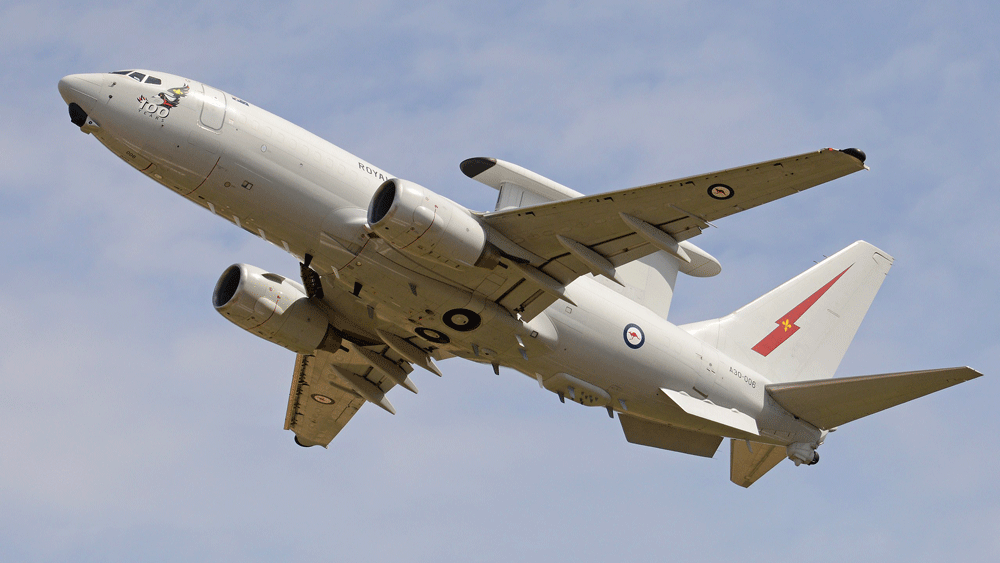
So how does that compare to the wedge-tailed eagle’s vision skills? Well first, we should generally marvel on how the bird’s eye auto-focuses and captures light to be computed for colour, shade, shape, distance and movement. This is something we take for granted in birds (and humans) but is ever-so genius when it’s been self-grown and doesn’t use any computer chips.
The wedge-tailed eagle is also said to be able to see more colours than humans can. I think this would be wonderful for bouquets of flowers, Excel graphs and selling more crayons, but I imagine having more colours would provide even more stress when trying to decide on a shade of colour for your bedroom walls during a home renovation. But let’s assume it’s a good thing for the eagle. Who knows—maybe their self-renovated stick nests actually have more colour and beauty to them than we can see.
The eagle also has what’s described as “bony rings” around its eyes that allow it to squeeze and lengthen the eyeball to create a kind of “zoom lens” effect. This helps it identify what’s for lunch from a soaring height. I think I’d personally find this ability useful for watching sporting events, concerts and spotting vacant carparks from a distance.
So, it is evident that both wedgies have fantastic sight capabilities, but how can we determine which is a superior design? I feel this is something we should muse over—who knows? Maybe one day one of us may be asked to judge a “soaring objects with incredible vision” design competition, and it would be good to have some experience under our wings.
With scores tied, let’s fly through and compare a few more attributes to see who will soar above the other.
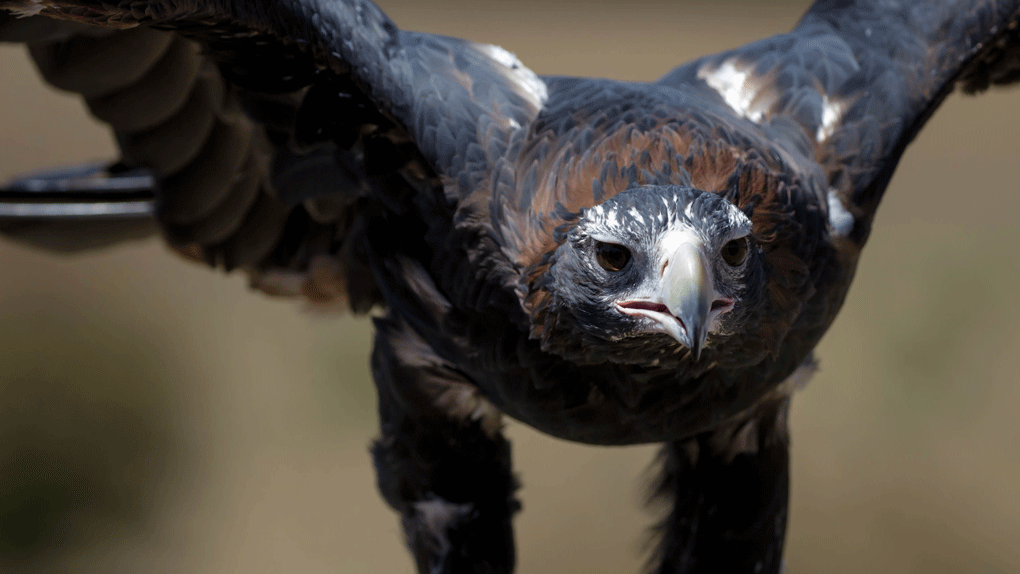
wingspan
The eagle’s two metre-plus span is impressive for its kind and is the largest of the Aussie eagle family. However, the wandering albatross, found along the southern Australian coastline, almost doubles it at up to 3.5 metres wide—the largest wingspan of any living bird species. The jet has a wingspan of 36 metres—clearly much larger than the bird’s but compared to its big cousin, the Airbus A380, it’s also less than half the width of the 80-metre span. We’ll call this a tie.
population
Though the eagle is now protected, in the early 1900s there was a law demanding farmers kill the eagles in a bid to stop their sheep-stealing. Hundreds of thousands were killed, leaving a ballpark estimate of 100,000 left across all of Australia today—which is 0.5 per cent of the number of rainbow lorikeets, who number almost 20 million tweeters across Australia. As for the jet, there’s fewer than 20 Wedgetails around the world, out of more than 11,000 standard 737s, so 0.18 per cent as common. A slight win to the bird.
fuel
The eagle runs on animals like rabbits, lizards, galahs, kangaroos, lambs and it finds this renewable food source itself, even cleaning up roadkill! The jets do burn though barrels of aviation fuel but can refuel while flying, and so soar around indefinitely. We’ll call it a draw.
emissions
I don’t believe the eagle would emit very much gas (though has anyone actually done a study?). Compare that with the jet, which discharges CO2 at far greater rates than the bird could ever emit. This has to be a win for the bird.
flight altitude
The eagles soar about 2km up and the jet 12km—which, as a percentage of wingspan-to-height ratio, means the eagle is achieving more to reach its height. A small win for the feathers.
cruising speed
20km/hr is the eagle’s cruising speed—far slower than a bird called a swift, which can cruise at more than 100km/hr. The Jet’s 850km/hr cruising speed, while immensely faster than the bird’s, is hovering around the range of other passenger jets, so that’s a win to the plane.
production
The eagles self-produce, should a male and female build a nest near a beehive . . . (kids, ask your parent about the birds and the bees). The jet’s creation requires thousands of people. Perhaps a hundred are needed to assemble it, but we must include all those involved in machining all of the parts that go into the plane and then all those involved in mining and creating the materials that go into creating the parts. A lot of people are needed to build the plane. So, the ability for two birds to create their “machine” all by themselves means the eagles win the creation race by far!
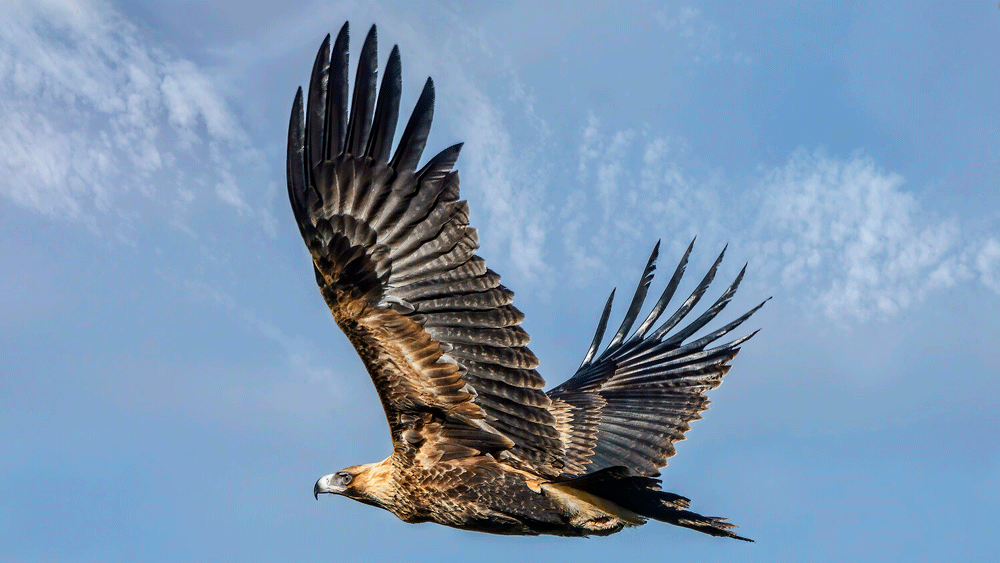
repairs
The eagle’s ability to self-repair minor wounds is impressive, while the jet requires acquisition and fitting of replacement parts. However, the jets can keep replacing parts for a far longer lifespan. We’ll call that a win for the jets.
transport
An eagle can take one piece of “carrion luggage” and the jet usually takes 12 humans. We’ll give this one to the jet. Finally . . .
beauty
Is the eagle a majestic sight when stationary or in action? Absolutely. Is the jet with an ironing board on its roof a majestic sight? Unless you’re a dry cleaner, I say no. The beauty contest goes to the eagle. So, by my calculations, the winner of best design of a “soaring object with incredible vision” goes to . . .
The eagle! (by a flap)
Perhaps the methods of judging were a little up in the air, but what is clear is both flying machines are complex enough in their design to be able to achieve such specialised tasks. While it’s quite unreasonable for anyone to consider the jet to have evolved on its own without input from any intelligent external designer, many accept the proposal that the eagle was given enough time to turn from literally nothing, to come alive and accidentally improve enough to develop every one of its bodily functions along the way, becoming the amazing feathered aircraft that soars over Australia today. To me, the most reasonable explanation for how both flyers came to exist demands the work of an intelligent designer.
So, the next time you see any jet or eagle soaring above you, I invite you to stop the lawn mower for a moment and consider the genius of their flight, and the genius of the designer who created them.
Scott Wegener writes from Wahroonga, Sydney. He enjoys birding, drama, worship and creativity.



